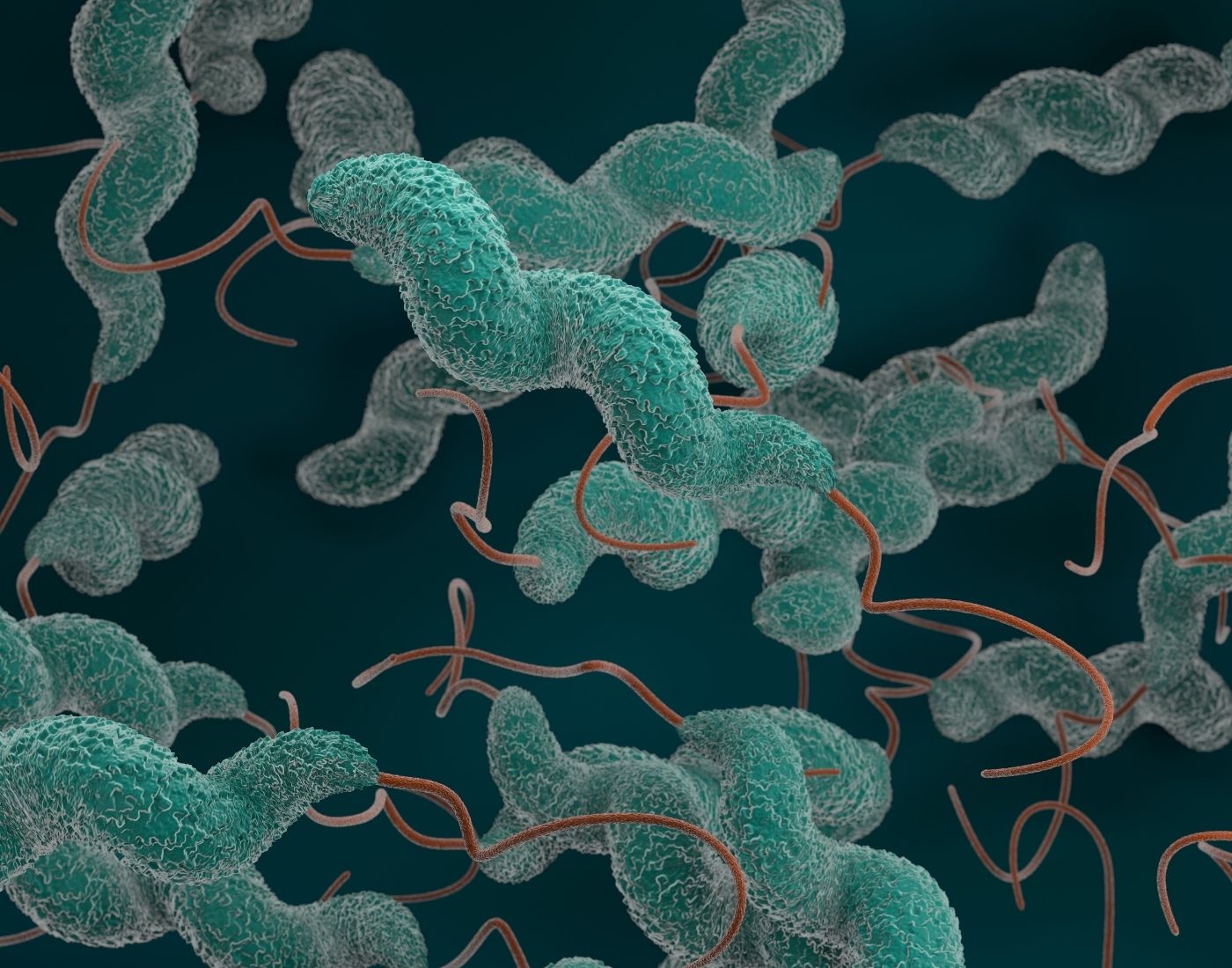Campylobacter is the main cause of bacterial food poisoning in Scotland. You can become ill from campylobacter bacteria by:
- eating contaminated foods
- drinking contaminated water
- direct contact with animals
It’s most commonly spread by incorrect handling, preparation and cooking of raw chicken.
Anyone can become ill from campylobacter but those more likely to have severe symptoms are people aged 65 years and older and those with a weakened immune system. People with weakened immune systems include:
- those with underlying health conditions (e.g. cancer or diabetes)
- those receiving certain medical treatments or medications (e.g. chemotherapy and immunosuppressants)
Most people will recover within a week but for some people, it can lead to long-term health conditions.
Campylobacter is the most common bacterial cause of food poisoning in Scotland and the rest of the UK. It causes a diarrhoeal infection called campylobacteriosis and, although there are more cases in the warmer months (which is likely due to barbecue usage), people can get it at any time of the year.

